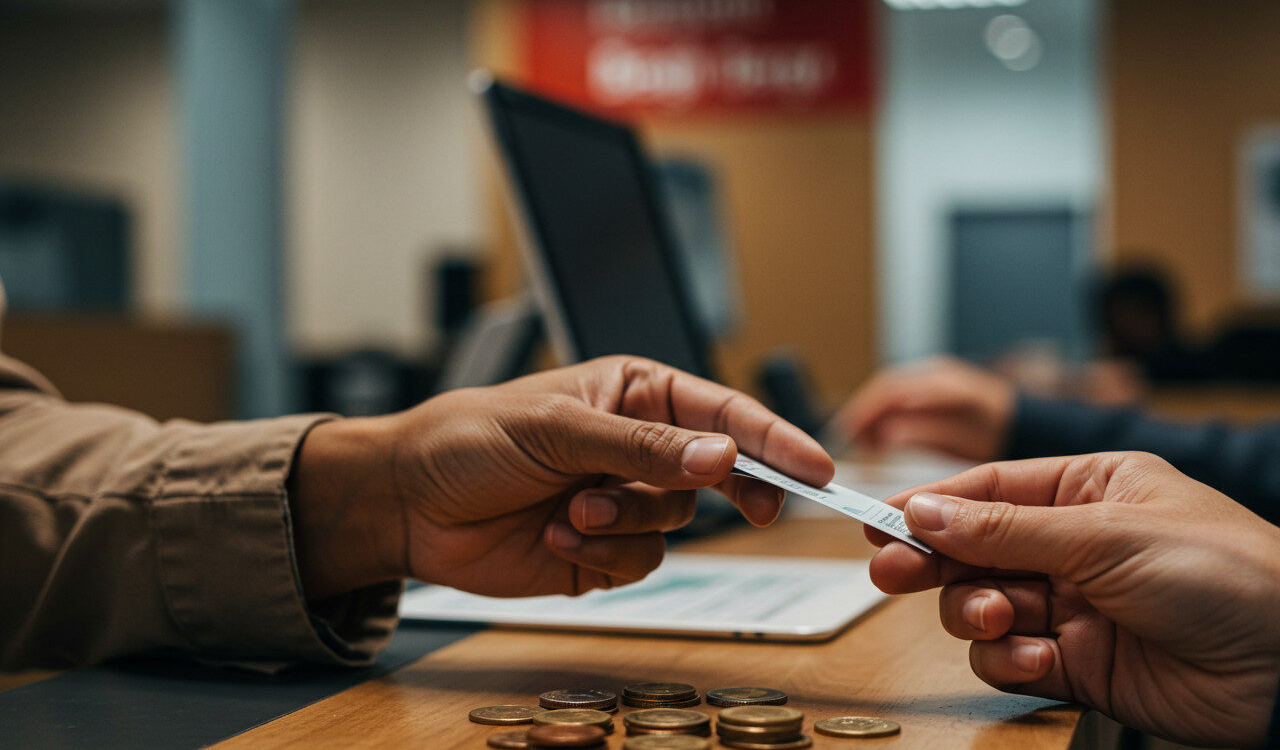Highlights
- An emergency fund is money set aside for unexpected expenses.
- Building a fund protects long-term financial stability.
- Experts recommend saving enough to cover three to six months of necessary expenses.
- Starting small, even with $500, can provide immediate protection.
- Automatic savings plans make growth easier and more consistent.
- A well-stocked fund reduces stress and ensures readiness for surprises.
Introduction
Life is full of unexpected events, from car repairs to medical bills. These surprises can disrupt financial stability. An emergency fund acts as a financial cushion, allowing you to manage unexpected costs without going into debt. Building this safety net ensures long-term security and peace of mind.
What Is an Emergency Fund and Why Is It Important?
An emergency fund is money reserved strictly for unplanned financial challenges, not routine expenses or planned purchases. Without it, minor issues can lead to debt and disrupt financial goals. This fund provides a safety net, allowing you to handle sudden costs without relying on high-interest credit.
Defining an Emergency Fund
An emergency fund covers necessary unexpected expenses such as:
- Home repairs
- Medical bills
- Car trouble
Tips for managing your fund:
- Keep funds in a high-yield savings account for easy access.
- Keep it separate to avoid accidental spending.
- Start small if you have debt; $500 provides initial security.
The Role of an Emergency Fund in Financial Security
An emergency fund prevents reliance on high-interest credit cards or loans. In case of job loss or medical issues, it allows you to cover basic needs without touching retirement savings, ensuring long-term financial stability and peace of mind.
Common Reasons to Use an Emergency Fund
Unexpected Medical Expenses
Even with insurance, high deductibles or uncovered treatments can be costly. Use an emergency fund to cover:
- Emergency room visits
- Non-covered treatments
- High deductibles
Job Loss or Reduced Income
Experts recommend saving enough to cover 3 to 6 months of necessary expenses, including:
- Rent or mortgage
- Utilities and groceries
- Insurance premiums
Major Home or Car Repairs
Unexpected repairs can be expensive. Use your fund for:
- Roof leaks or broken appliances
- Car repairs
- Insurance deductibles
How Much Should You Have in Your Emergency Fund?
The ideal amount depends on individual circumstances. A common guideline is saving three to six months of necessary expenses. Beginners can start with $500 and gradually increase savings.
Factors That Influence the Ideal Amount
- Income Stability: Regular income may require less savings; irregular income needs more.
- Job Security: Higher risk of job loss warrants a larger fund.
- Monthly Expenses: Housing, food, and transportation costs set a minimum target.
- Dependents: Supporting family members increases savings needs.
Estimating Expenses Using an Emergency Fund Calculator
| Expense Category | Monthly Cost |
|---|---|
| Rent/Mortgage | $1,500 |
| Utilities | $200 |
| Groceries | $400 |
| Transportation | $150 |
| Insurance | $250 |
| Total | $2,500 |
3-month fund: $7,500
6-month fund: $15,000
Guide to Building an Emergency Fund
What You Need to Get Started
- High-yield savings account
- Budgeting apps (e.g., YNAB, PocketGuard)
- Simple savings plan
- Automatic bank transfers
Process Walkthrough
- Start Small: Even $25 per paycheck grows over time.
- Automate Savings: Schedule automatic transfers to avoid spending.
- Use Windfalls: Add tax refunds or bonuses immediately.
- Track Progress: Regularly check balances to stay motivated.
How to Start and Grow Your Emergency Fund
- Assess Your Financial Situation: Review income, expenses, and debts. Use budgeting tools to identify areas to save.
- Set a Realistic Savings Goal: Start with $500–$1,000. Once achieved, aim for 3 to 6 months of necessary expenses.
- Choose the Right Account: Use a high-yield savings or money market account. Avoid long-term investments that charge withdrawal penalties.
Why an Emergency Fund Matters
According to the Consumer Financial Protection Bureau (CFPB), dated December 12, 2024, an emergency fund is a cash reserve for unplanned expenses like medical bills, car repairs, or income loss. It helps individuals manage unexpected costs without relying on high-interest credit. While experts often recommend saving three to six months of necessary expenses, the CFPB notes that even a small fund provides immediate financial security. Building this habit improves control over finances and strengthens long-term financial well-being.
Final Thought
An emergency fund is necessary for financial peace of mind. By understanding your needs, setting achievable goals, and using tools like calculators, you can build a fund that protects you from unexpected financial shocks. Starting now ensures readiness for whatever life may bring.
Frequently Asked Questions
How can I build an emergency fund while paying off debt?
Start with a small fund, such as $500, to cover minor surprises. Then focus on paying high-interest debt while gradually increasing savings.
Should I prioritize debt repayment or emergency savings first?
Balance both: build a small emergency fund first, then reduce high-interest debt while growing your fund.
Can I use online calculators to plan my fund?
Yes, emergency fund calculators sum up your monthly expenses and suggest a suitable savings range.
What mistakes should I avoid when building an emergency fund?
Avoid saving too little, using funds for non-emergencies, choosing accounts that are hard to access, and skipping regular contributions.
Where should I keep my emergency fund?
Use accounts that are safe, liquid, and earn reasonable interest, such as high-yield savings accounts.
How fast should I build my fund?
Focus on consistency over speed. Even small, regular contributions grow over time and provide security.
Can I use the fund for planned purchases?
No, the fund is strictly for unexpected financial emergencies.
Updated by Albert Fang
Source Citation References:
+ Inspo
</p>Consumer Financial Protection Bureau. (2024, December 12). An essential guide to building an emergency fund. https://www.consumerfinance.gov/an-essential-guide-to-building-an-emergency-fund/<p>
</p>Consumer Financial Protection Bureau. (2022, March 23). Emergency savings and financial security: Insights from the Making Ends Meet survey and Consumer Credit Panel. https://www.consumerfinance.gov/data-research/research-reports/emergency-savings-financial-security-insights-from-making-ends-meet-survey-and-consumer-credit-panel/<p>

